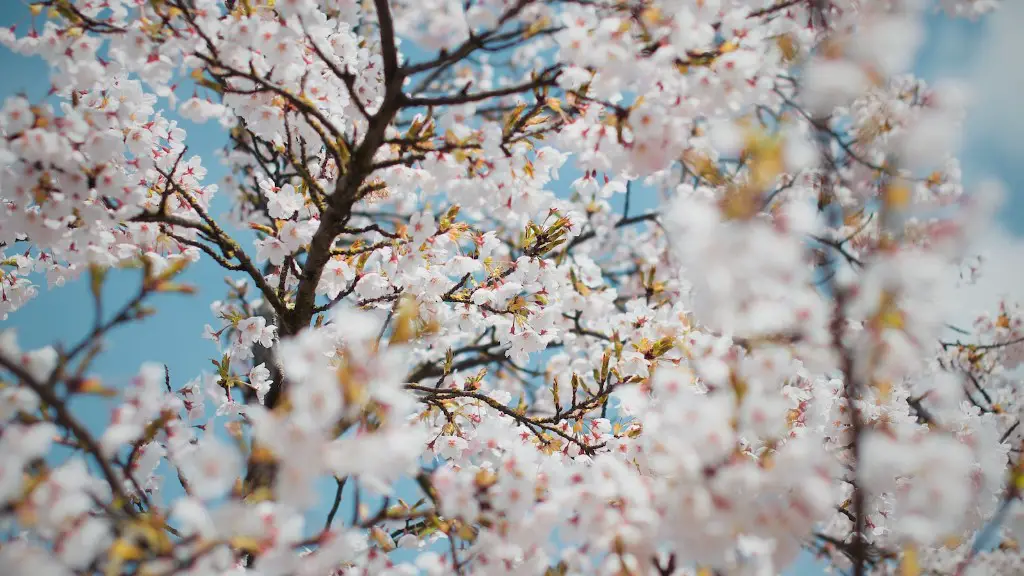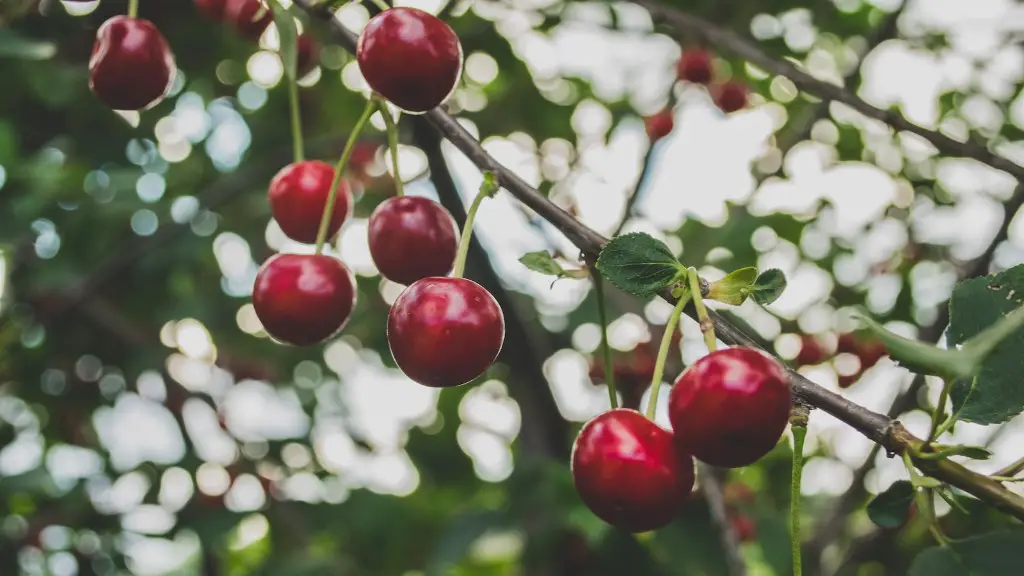Ordinary Seeds, Extraordinary Trees
Growing an avocado tree can become a fun family project or a reward after a difficult day. Avocado trees are heroes that thrive under the right conditions, making the often seemingly mundane transformation from a small seed to a larger one more likely. To get it right, there are a few instructions and tips to remember.
When selecting an avocado seed, choose one from an organic, ripe avocado as it is most likely to have the optimal nutrients to sprout. Cut around the seed making sure to keep its skin and protective papery shells which contain vital oils and fats.
Pre- Germination
Rinsing the seed is essential as it removes bacteria and fungus. Avoid using soap as some components can deter germination. To ensure the seed has a prolonged cycle of pre-germination, fill an opaque container with water and place the seed there. Change the water every 3 days and so long as the seed is not in direct sunlight, it should begin to germinate after two weeks.
When the seed begins to sprout, it is time to focus on its growing conditions. Warm humid areas with temperatures above 25 degrees celsius (77 degrees Fahrenheit) are perfect. If the weather does not permit, setting up a balanced environment indoors with both light and ventilation is necessary.
Growing the Seed
It is important to remember that any seed needs water and nutrition to grow. A great way to provide the seed with these, is by placing it in a pot filled with growing medium. This can be anything from sand, soil, pre-seed germination mix or bark. Keep the medium moist and fill the pot with compost, organic fertilizer or fish emulsion.
Consider the ongoing climate of where the seed is growing as there are different types of avocados. Cold-hardy, semi-cold and semi-tropical avocados need different temperatures and weather conditions in order to thrive and flower. Keeping the seed at a balanced temperature of between 21 and 27 degrees Celsius (70- 80 degrees Fahrenheit) is ideal.
Germination Begins
Once the seed has been in the container for approximately four weeks and the sprouts are around 2 cm (0.8 in) long, it is time for transplantation. Carefully pick the seed up and keep the top and root as a two-part unit whilst gently handling the seed to avoid damaging the root. Plant in the pot and water gently and daily.
Make sure to mix of compost and soil and mulch around the rooted seed to keep moisture locked in and to protect the young plant from intense sunlight. A regular weekly feeding of liquid fertilizer is helpful.
Transplanting to a Larger Pot
As a seed becomes an established young tree, it will be necessary to transplant it into a larger pot. This allows for deeper root growth and for the tree to thrive in larger soil space.
Transplanting can be done in the spring and the summer. Make sure that the new pot is twice the size of the previous one and the soil combination still includes compost and mulching elements.
Sunlight, Water and Fertilizer
Trees need a balanced environment to be able to produce, and an avocado tree is no different. Water the seed daily and twice weekly with a liquid fertilizer as it develops. Place the pot in direct sunlight and air it daily.
Once the tree has grown to approximately 18 inches, a weekly or monthly balance of liquid fertilizer and compost mix helps it to blossom.
Flowering and Fruiting
Avocado trees have both male and female flowers that bloom every November to March and again in April to June. These flowers are essential as they are involved in the trees ability to build new fruit.
By this stage, ensuring adequate amounts of water and fertilizer while adequate sunlight is still being given will help the tree to grow and bear fruit. It will take between 3-5 years for the tree to develop properly and the fruits of those efforts should become available from late autumn to spring.
Caring for the Plant
For any young avocado tree to continue flowering and fruiting, proper pruning and trimming is essential. Prune excess branches and stems weekly to maintain the shape of the tree. Reaching 15-30 feet in height, many owners opt for a topiary style.
Most trees shed their leaves throughout the summer which is nothing to worry about. Make sure to inspect the leaves for pests and diseases. Pruning out the infected parts and using natural insecticides and anti-fungal treatments should combat anybug issues.
Reaping the Rewards
Avocado trees are an amazing sight when cared for correctly and can even become a conversation topic amongst neighbors. However, understanding the maturation cycle of avocados is important as over-harvesting of the fruit can lead to the death of the tree if a root or branch is damaged.
Being patient and growing an avocado tree from seed can pay off in the long run. As fruits begin to appear each season, it is a reminder of the dedication that was necessary to grow it from an ordinary seed to the extraordinary tree it is today.
Pests and Disease Prevention
Pests and diseases are unwelcome guests to any garden. Healthy soil and air circulation can help to prevent these problems occurring in the first place. Make sure to remove any fallen fruit or leaves as this can attract bugs and fungus.
As ultraviolet rays can also affect an avocado tree, shade nets and plants that provide extra shade can be planted around the trunk. These will both keep the uncontrollable intense light from affecting the development of the tree, but also create a more balanced climate.
Gaining Essential Nutrients
Without the key elements of nitrogen, phosphorus and potassium, any tree will struggle. Avocado trees in particular need a higher level of potassium as it helps with increased flowering and fruiting.
When it is time to feed the tree fertilizer, make sure to look for an NPK blend that stipulates these key points.
Avoiding Over Watering
Although it is important to make sure an avocado tree is getting enough nutrients, making sure it is not being over-watered is just as important. Too much water can cause leaf burn, root rot and other fungal issues.
The trick is to get the soil moist not soggy and to water twice a week rather than daily. Feel the soil before watering and water only when the top 2 cm feels dry to the touch.
Make sure the Tree gets Adequate Sunlight
Without adequate sun, a tree can struggle to produce energy to grow and flower. Always make sure to place a young tree in a spot where it can get plenty of sun for at least 5 hours a day. When the tree becomes larger, air it and take it out during the winter months.
For a semi-tropical or cold hardy tree, make sure to keep them in the shadier spots when they are still young and gradually expose to the sun as they grow.
Conclusion
Growing an avocado tree from seed has the potential to become a rewarding experience. When the roots dip, the leaves appear and the flowers and fruits develop, it is a reminder of the dedication, care and patience it has taken to get to this point.
With the right guidance, an avocado tree’s maturation process can begin right at home. The tips provided above can help a budding gardener to obtain success when it comes to growing an avocado tree with an avocado seed.


